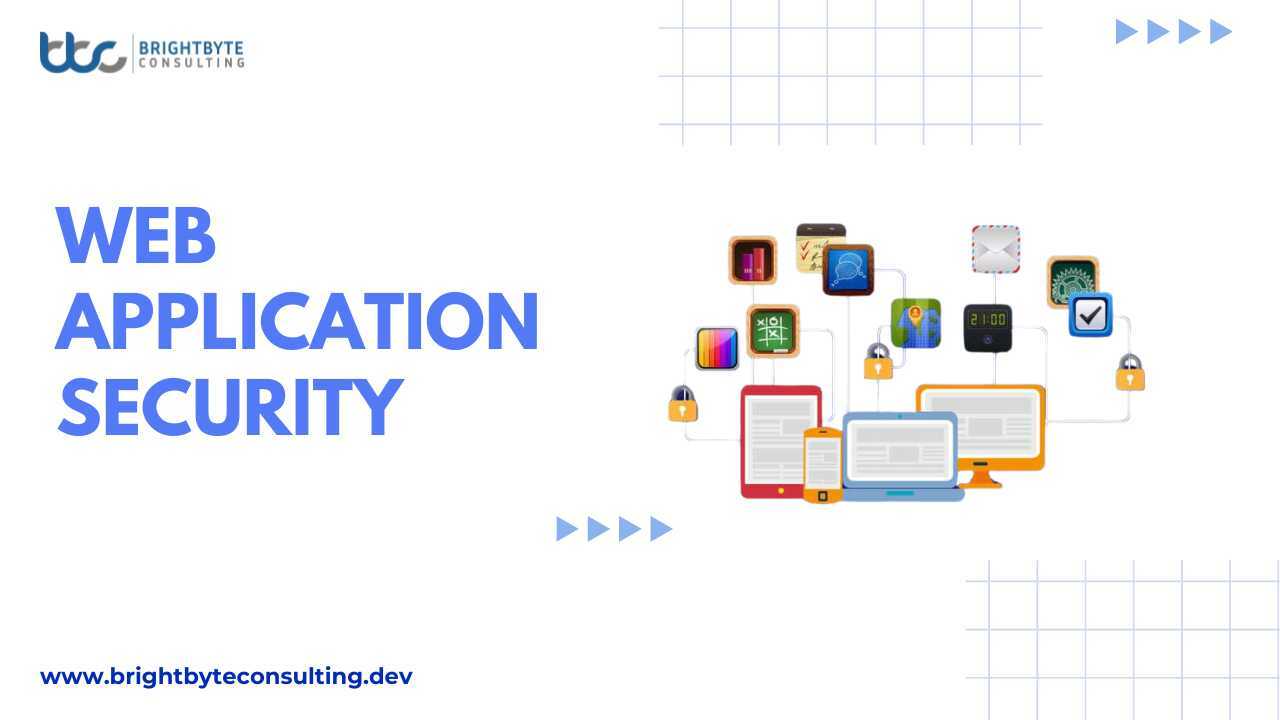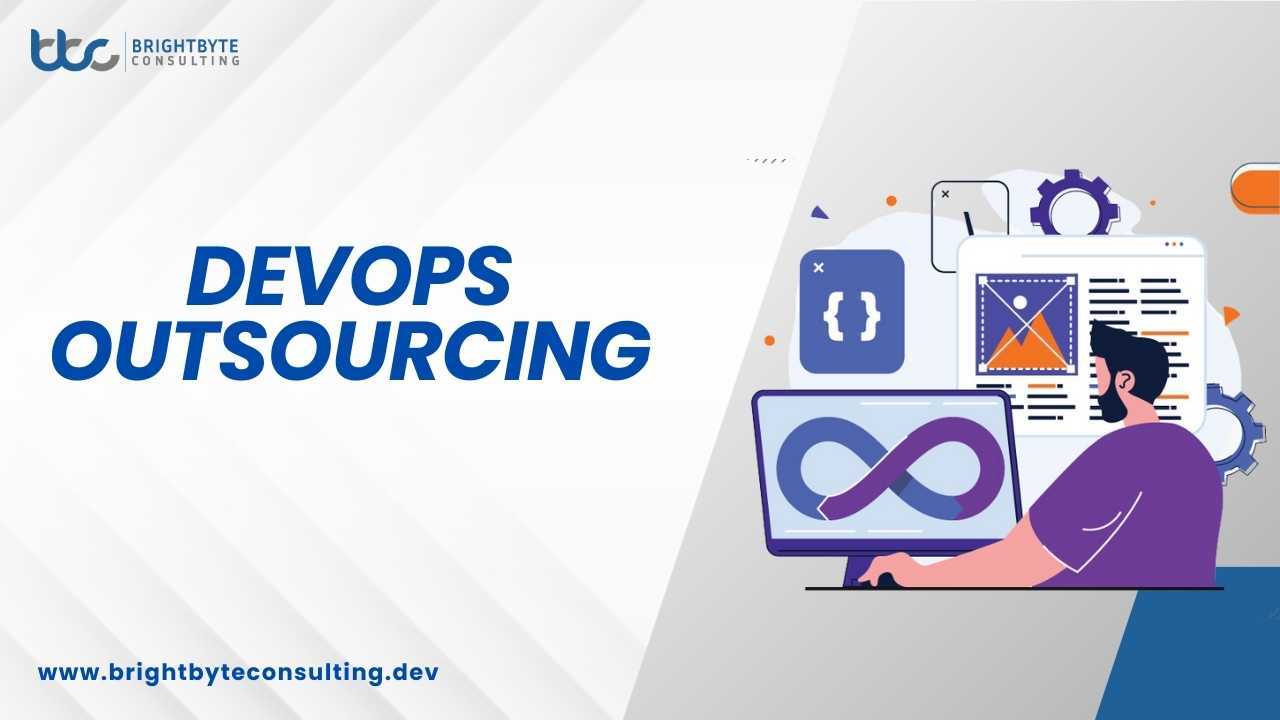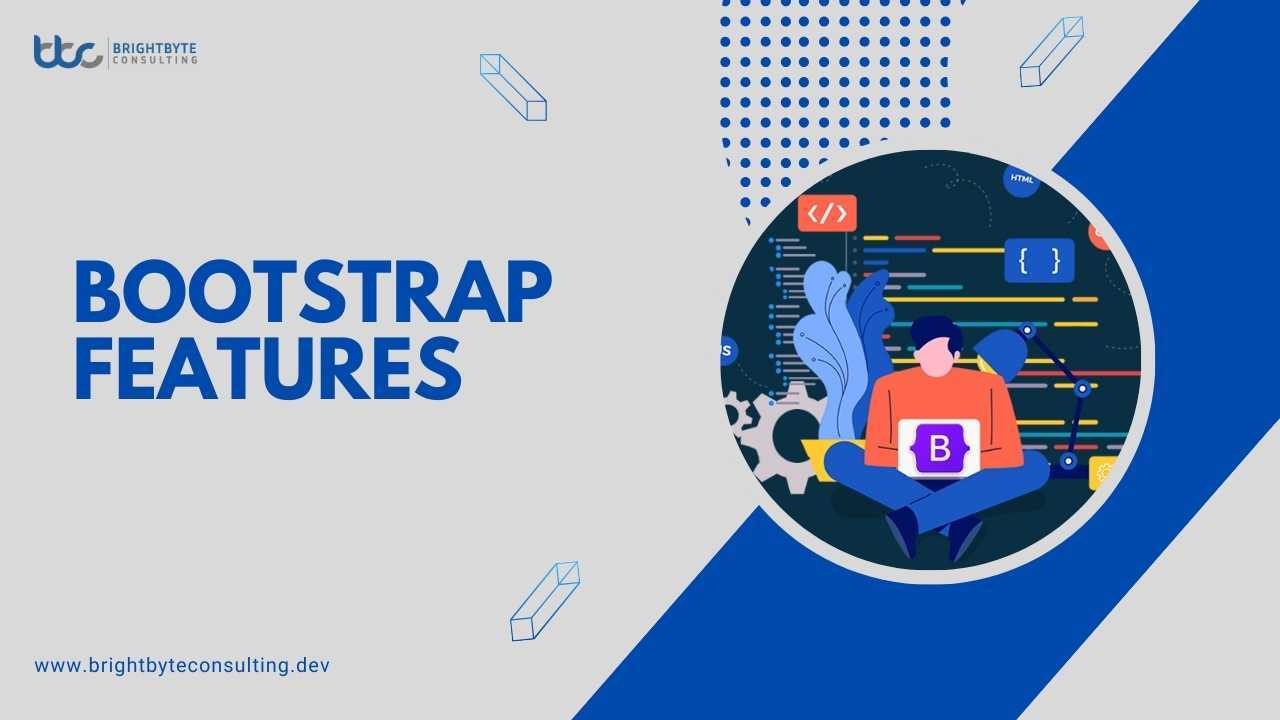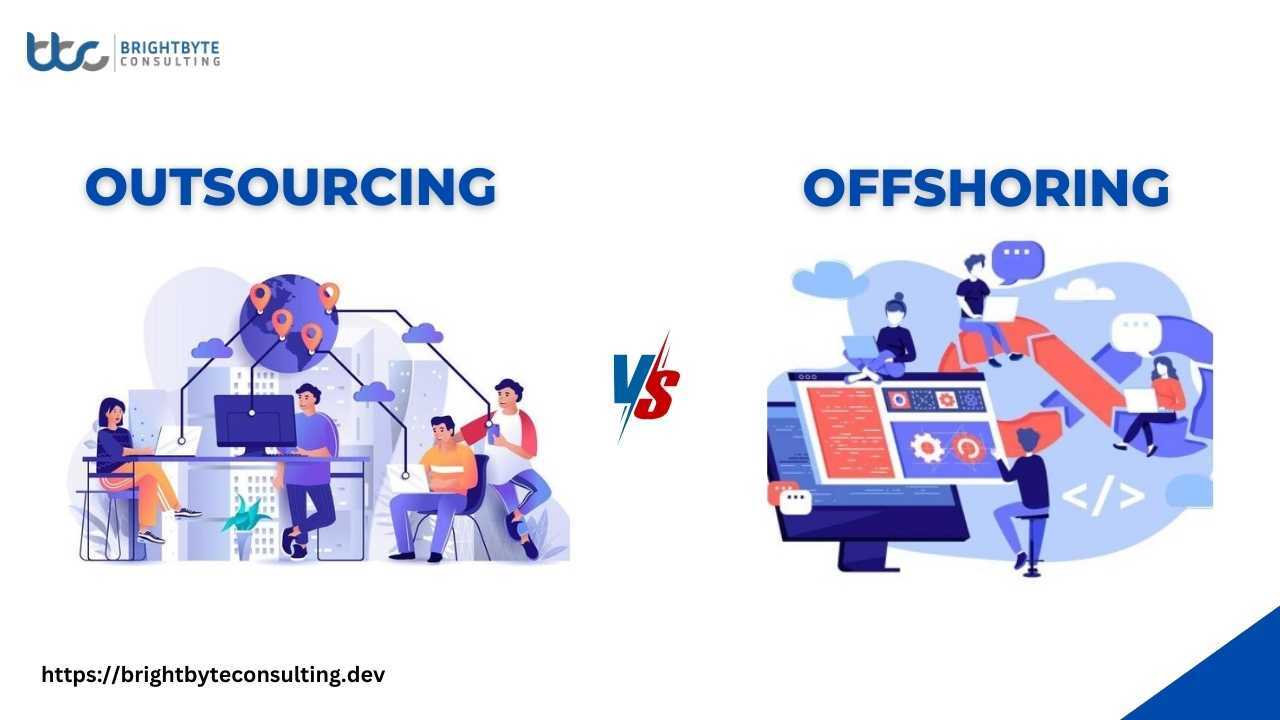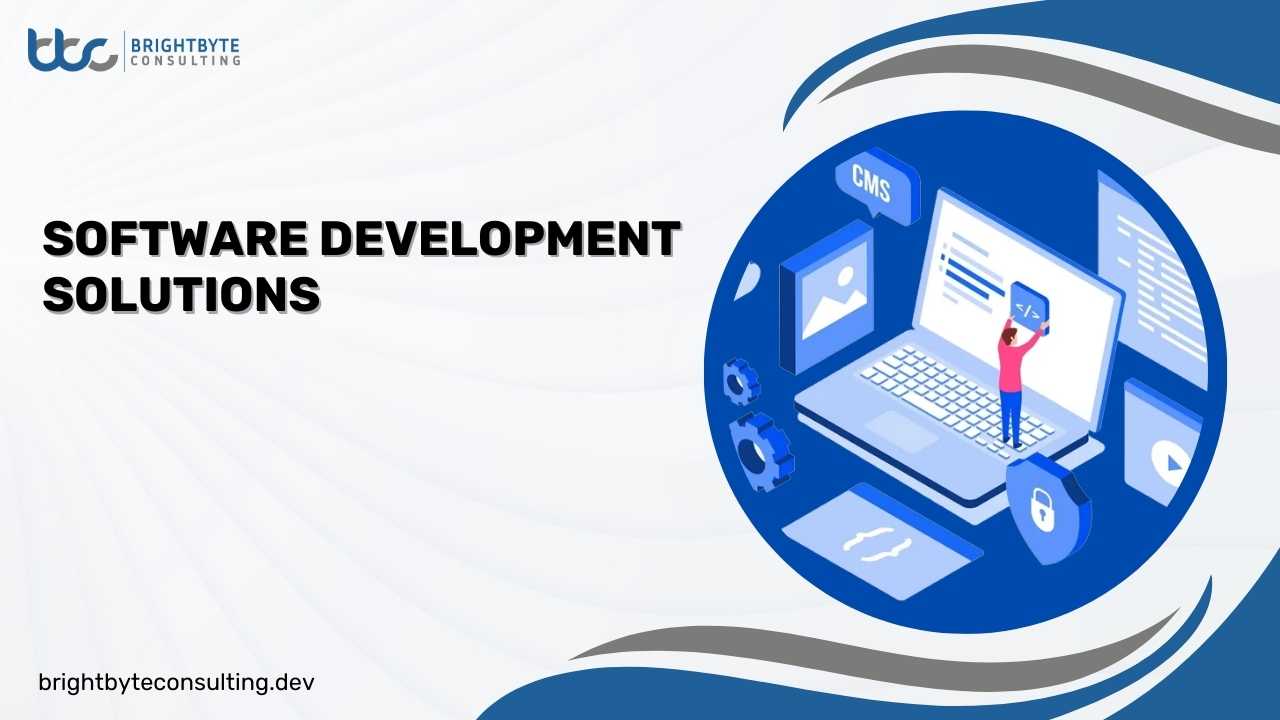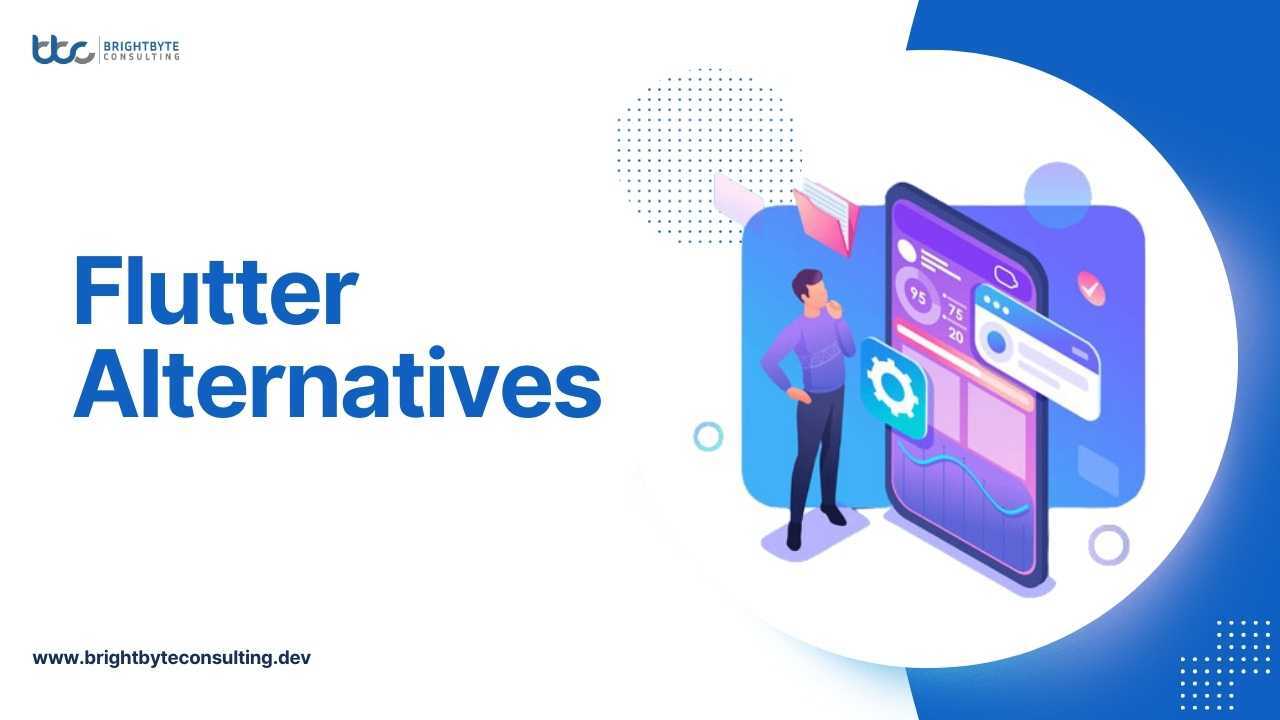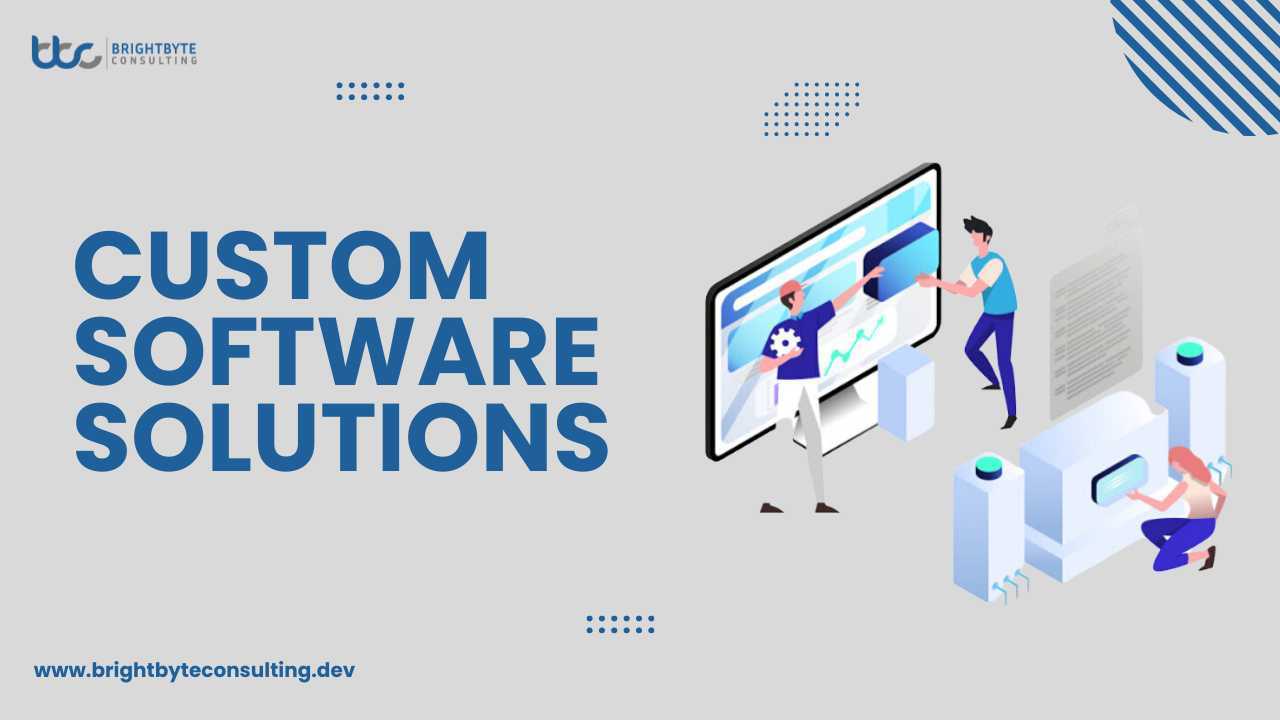When choosing the right technology stack for a project, it’s crucial to consider not just the features and compatibility of different technologies, but also the specific needs and circumstances of the project.
A technology stack is basically a mix of programming languages, frameworks, tools, and libraries used to build and run a software application. With so many options out there, it can be tough to decide which tech stack is best for your project.
In this blog post, we’ll talk about what a tech stack is, how it can impact a project, why it’s important to consider the context of your project when choosing a technology stack, and how you can use that context to make a smart decision. While the advice here applies to all kinds of software projects, we’ll also touch on some details specific to life science and laboratory software, since that’s what we specialize in.
In today’s digital age, technology plays a crucial role in almost every aspect of our lives. From mobile apps to web applications, software development is booming. However, behind every successful software application lies a carefully chosen technology stack, or “tech stack” for short. In this article, we’ll delve into what a tech stack is, its components, and how to select the best one for your project.
What is a Tech Stack?
A tech stack refers to the combination of programming languages, frameworks, libraries, and tools used to develop and maintain a software application. It encompasses both the front-end (client-side) and back-end (server-side) components required to build a fully functional application.
Components of a Tech Stack
Front-End Technologies
- HTML: The markup language used for creating the structure of web pages.
- CSS: Cascading Style Sheets define the presentation and layout of web pages.
- JavaScript: A programming language that adds interactivity and dynamic behavior to web pages.
Back-End Technologies
- Programming Languages: Examples include Python, Java, Ruby, and Node.js.
- Frameworks: Frameworks like Django (Python), Spring (Java), Ruby on Rails (Ruby), and Express.js (Node.js) provide a structure for building server-side applications.
- Databases: SQL (e.g., MySQL, PostgreSQL) and NoSQL (e.g., MongoDB, Redis) databases are used to store and manage data.
- Servers: Software servers like Apache, Nginx, and Microsoft IIS handle requests and responses between clients and applications.
Additional Tools and Services
- Version Control Systems: Git, SVN
- Integrated Development Environments (IDEs): Visual Studio Code, IntelliJ IDEA
- Cloud Services: AWS, Google Cloud Platform, Microsoft Azure
- Testing Frameworks: Jest, JUnit, Selenium
How to Choose the Best Tech Stack?
Choosing the right technology stack is crucial for the success of any software project. Here are some factors to consider when making this decision:
Project Requirements
- Understand the specific needs and objectives of your project.
- Consider factors such as scalability, performance, security, and flexibility.
Team Expertise
- Assess the skills and experience of your development team.
- Choose technologies that align with their expertise to ensure efficient development and maintenance.
Community Support
- Opt for technologies with a large and active developer community.
- Community support ensures timely updates, bug fixes, and access to resources and documentation.
Scalability and Future Growth
- Select technologies that can accommodate future growth and scalability requirements.
- Avoid technologies that may become obsolete or lack long-term support.
Budget and Cost Considerations
- Evaluate the cost of licensing, hosting, and maintenance associated with different technologies.
- Choose cost-effective solutions without compromising on quality and performance.
Compatibility and Integration
- Ensure compatibility and seamless integration between different components of the tech stack.
- Consider how well the chosen technologies work together to achieve the desired functionality.
How Tech Stack Influences a Project?
Functionality
The technology stack chosen for a project affects what features and abilities the project can have. For example, using Python makes it easier to do data analysis, while JavaScript is good for web browsers.
Scalability
Some tech stacks handle lots of data or traffic better than others. Choosing the right one helps the project grow and handle more users.
Maintenance and Support
Certain technologies need more updates and fixes, which can make them harder to maintain. This affects the cost and effort needed to keep the project running smoothly.
Supported Platforms
The tech stack can determine if the project works well on different devices, like computers or phones. It also affects how easy it is to use with other software.
Security
Some tech stacks are safer from attacks than others. Picking a secure one helps protect the project from hackers.
Cost
Different tech stacks have different costs, both to build and to keep running. Some are free, while others need expensive licenses.
Maturity
New technologies come out all the time, but it’s safer to use ones that have been around for a while and are reliable.
Popularity
Popular tech stacks have lots of support and resources available. They’re easier to find help for and hire developers who know how to use them
Conclusion
In conclusion, a well-chosen tech stack is essential for the success of any software project. By understanding the components of a technology stack and considering factors such as project requirements, team expertise, community support, scalability, budget, and compatibility, you can make an informed decision when selecting the best tech stack for your project. Remember that the right technology stack lays the foundation for a robust, efficient, and scalable software application.
FAQs
What is a tech stack?
A tech stack is a combination of programming languages, frameworks, libraries, and tools used to build and operate a software application.
How does the tech stack influence a project?
The technology stack affects the project’s functionality, scalability, maintenance, security, cost, and more. It determines what features the project can have, how well it can handle growth, and how easy it is to maintain and secure.
How do I choose the right tech stack for my project?
Consider factors like the project’s requirements, target audience, scalability needs, security concerns, budget, and the skills of your development team. It’s also essential to research and compare different technologies to find the best fit.
What are some popular tech stacks?
Popular tech stacks include MEAN (MongoDB, Express.js, AngularJS, Node.js), LAMP (Linux, Apache, MySQL, PHP), MERN (MongoDB, Express.js, React, Node.js), and Django (Python framework).
Can I change my tech stack later?
While it’s possible to change the tech stack later, it can be challenging and costly. It’s best to choose a tech stack that meets your project’s current and future needs to avoid significant changes down the line.
How do I ensure the security of my tech stack?
Choose technologies with built-in security features, keep software and libraries updated, implement secure coding practices, and conduct regular security audits and testing.
What role does the project context play in tech stack selection?
The project context, including its specific requirements, target audience, and industry regulations, significantly influences the choice of tech stack. It’s essential to consider these factors to ensure the tech stack aligns with the project’s goals and constraints.


